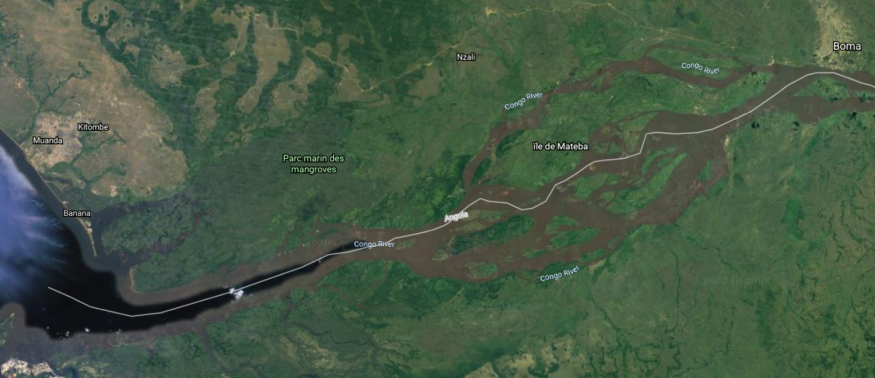
Sometimes a catastrophe gives way to discovery and such is the case with the Congo River. The river is home to raging rapids, powerful currents, and submerged waterfalls diving the water. Scientists were able to discover the depths of the river when they encountered a mysterious case of dying fish in the lower Congo River.
According to the initial reports of the scientists during the annual meeting of the American Geophysical Union last December, this pale, blind fish was killed by decompression syndrome wherein the air bubble are formed in the blood and in body tissues. This phenomenon of dying fishes gave the scientists an opportunity to study the impassable river barries that isolated fish populations and gave way to new species.
READ: Continuing Water Crisis Turns the Santiago River Basin Into a "Slow-Motion Chernobyl"
DECOMPRESSION SYNDROME AND RIVER DEPTH
One of the primary findings of the scientists was that the parts of the river bottom lay hundreds of feet below the surface and this is recorded to be deeper than other rivers on Earth. The research employs the expertise of Melanie Stiassny, a curator in the Department of Ichthyology at the American Museum of Natural History in New York. as the leader of this exhibition, Melanie and her team were able to study the biodiversity and evolution of fish that occurs in the turbulent rapids of the river -- in the area where the river empties into the Atlantic Ocean.
During the expedition, Stiassny and the team were able to find 300 species of fish in the lower Congo. Stiassny explained that the rapids in this area are so powerful that they physically separate fish populations, making way for new species to evolve even though there is not much of a physical distance that separates the fishes from their relatives.
Among these species of fish, one stood out. Stiassny explained that they found this weird fish in an area by the river. The fish is a blind, depigmented cichlid, according to Stiassny and it looks very much like a cavefish. However, there are no caves in the area. Stiassny and her team were puzzled by this discovery and as to why they can't find any living individual of this fish.
Until Stiassny realized the clues. "As it died in my hand, bubbles formed under the fish's skin and over its gills -- a sure sign of decompression syndrome," Stiassny explained. Decompression syndrome occurs when the fish rapidly rose to the shallow depths from the deep water and the pressure drops. When the pressure drops because of the sudden rise, dissolved gases inside the body are turned into bubbles. Decompression syndrome is fatal when left untreated.
The discovery of this fish made the researchers consider the possibility of having deep water in the river. To quench their curiosity, scientists sent intrepid kayakers over the rapids back in 2008 and 2009 along with some equipment to measure the depth of the river. The researchers also used an acoustic current profiler to be able to measure the direction of the currents and speed throughout the water column. According to Stiassny, they were astounded by the results: she said that the river is very deep.
In a report published by the UG Geological Survey back in 2009, it is stated that the river bottom of the lower Congo lies more than 650 feet below the surface.
© 2025 ScienceTimes.com All rights reserved. Do not reproduce without permission. The window to the world of Science Times.












